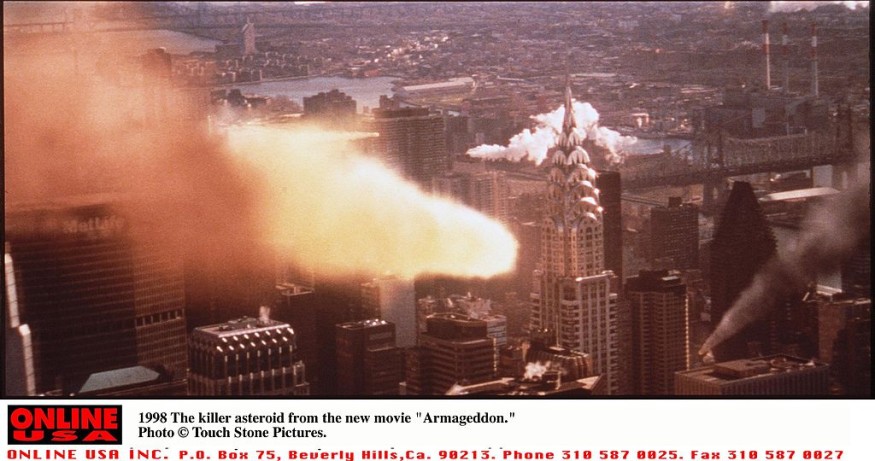
An event of a falling asteroid may either make you camp outside your backyard for a starry night, or have your life flash back before your eyes. It's all really just a matter of size, but how can this be predicted?
Don't worry, because our top scientists and engineers have already thought about this before you do, and even invented a system that could determine and pulverize a fleeting meteorite as threatening as the one that wiped out the dinosaurs, according to ScienceAlert, or the "killer asteroid" from the movie Armageddon.
This planetary defense system was developed by one of the top-mind scientists, Professor Philip Lubin from the University of California Santa Barbara. His novel system was named PI-Terminal Defense for Humanity, in which the 'PI' stands for Pulverize It, breaking massive asteroids into tiny pieces to protect our civilization from going extinct, like the age of dinosaurs.
Lubin's Planetary Defence idea was presented at the 2021 Planetary Defence Conference and now a Phase One awardee in the NASA Innovative Advanced Concepts (NIAC) program.
Are we counting on luck?
So far, we have faced more minor threats of asteroid strikes, like the Tunguska Event and the Chelyabinsk meteor, but it wouldn't be wise to rely on luck.
"Humanity has been spared large-scale catastrophe as was visited upon our previous tenants, but counting upon being 'lucky' is a poor strategy in the longer term," Philip Lubin said in the 2021 conference. Although NASA had made efforts in finding and cataloguing asteroids that pose a threat to Earth, it wouldn't be enough if such an event before our eyes.
According to Lubin, that is only an initial step - but a system must be developed, not just an asteroid impact mitigation known months or years ahead of time, but one that could shield a last-minute catastrophic impact, he said in Universe Today. This led to his impactor design that is not only kinetic but explosive. An "impacting device that would be fitted with penetrating rods to pierce the asteroid."
"The effectiveness of the approach depends on the time to intercept and size of the asteroid, but allows for effective defence against asteroids in the multi-hundred-meter diameter class and could virtually eliminate the threat of mass destruction caused by these threats," Lubin explains.
Terminal defense in the event of a short warning asteroid strike
According to Lubin, his PI system represents an "extremely cost-effective, testable, and deployable approach with a logical roadmap of development and testing" compared to other threat reduction scenarios. "Pre-deployment of the system into orbit or a lunar base allows for rapid response on the order of less than a day if needed," Lubin said.
This approach takes into consideration target distance mitigation where orbital deflection is not feasible. "Even intercepts as close as the Moon with intercept times of a few hours prior to impact are viable," he notes.
The PI system is expected to pulverize massive bolide into smaller chunks, with an estimate of 15 m or less in diameter. The pieces would form a cloud of debris that might strike Earth, but much of it will be destroyed through friction with the Earth's atmosphere.
Lubin says that the PI system only needs a window of five hours prior to asteroid impact for objects with the size of one like in the Tunguska Event. He adds that it could also work on massive asteroids like Apophis, which is predicted to pass near Earth in 2029, but won't impact Earth.
Also read : Pantagonia Glaciers Melting at Alarming Rate, Marking Largest Glacial Changes in History
© 2026 NatureWorldNews.com All rights reserved. Do not reproduce without permission.





